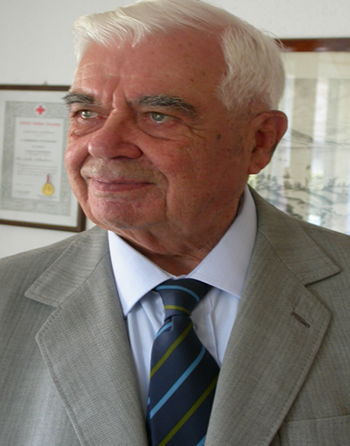Thursday September 1 – 12.10-13.00 hrs – Aula Magna
|
|
Carlo OrlandiniA European manager |
IL GRAN CAVALLO DI MILANO
as Leonardo called the monument which never was and now maybe is
.
Abstract:
Ludovico Sforza, Duke of Milan, commissioned Leonardo to make the greatest equestrian monument in honour of his father Francesco. Leonardo worked on this for many years, while attending the Cenacolo frescoes and other projects. A model of the Horse, which was 7 meters tall, was almost ready for fusion in 1499 when the troops of Louis XII, King of France, occupied Milan. The model was ruined and went finally lost.
In 1977 the American Charles Dent, a captain of United Airlines and studious of art, read an article on the National Geographic with the story of the Horse and the account that Leonardo on his deathbed wept at the idea of this unaccomplished masterpiece. He then decided, with great enthusiasm, that the Horse had to be realized and donated to Italy, and devoted to this project the rest of his life.
Nina Akamu, American sculptor of Japanese origin and Italian experience, was called to perfect the first model. The giant Horse was cast in New York and in September 1999, five centuries later, its six main parts were flown to Milan and assembled at the Hippodrome, where it still is, isolated and out of the way.
Carlo Orlandini has taken the initiative to move it to the Castle, where it belongs. Not an easy task.
.
Carlo Orlandini biosketch:
Born in Trento in 1927, raised in Verona and
graduated in Law in Bologna. At the end of WW2 he was only 18 and had
served in the Resistance Movement. He and his wife Mariella had five
children. In 1952 joined IBM in Verona. He later worked for the company
in Germany, in Paris for four years, one year in Rome as consultant to
the Italian Finance Ministry, followed by five years in New York at
IBM’s international headquarters.
After returning to Italy, moved on to the Montedison Group and the retail sector. Promoted Euromercato and, as its President, made it Italy’s leading group in hypermarkets and shopping centres. He resigned from the job a few months after the company was bought by Fininvest Group.
Carlo Orlandini served for eight years in the public health sector as sole administrator of four hospitals and, subsequently, of the Istituto Nazionale dei Tumori (National Cancer Institute) in Milano, with major developments to his credit. In more recent years, has been a non-executive director a few companies, and is now president or consultant of others. A role close to his heart is that of President from the very beginning -31 years ago- of the ASPHI Foundation which develops ICT projects to assist the disabled.
